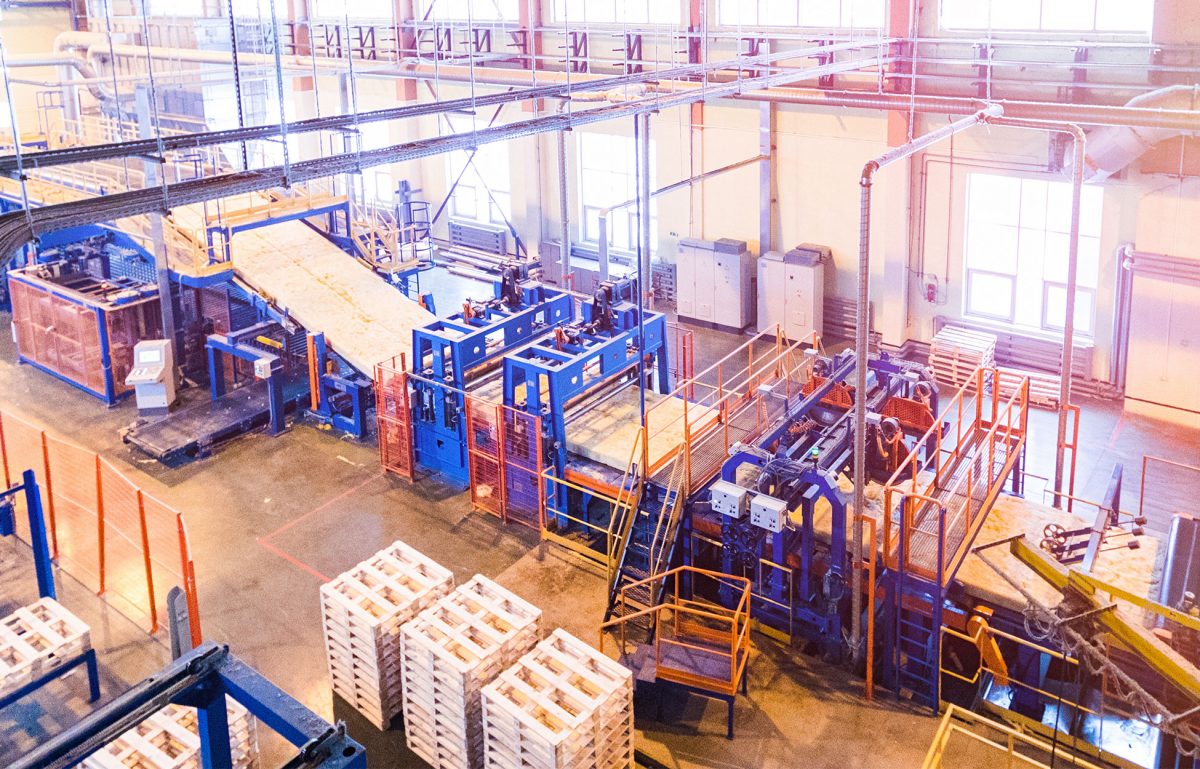Several manufacturing facility issues frequently affect businesses. By acknowledging these problems, companies can create solutions for potential issues. Keep reading to discover the common concerns facilities face and how they can remedy them.
Worker Skill Gaps
Skill gaps are a common manufacturing facility issue that companies must address. As members of the Baby Boomer generation begin to retire, the workforce must start to rely on young people to take over jobs. Unfortunately, there is a labor shortage for manufacturing roles. Now more than ever, facilities need skilled workers to take over jobs.
So, how can companies obtain skilled workers? Training less skilled employees is a great first step. Using in-house talent and moving them into new roles is also beneficial. Additionally, companies can partner with local schools to scout new workers and connect with graduating students.
In-House Capacity Constraints
The demand for goods is high, but some companies can’t keep up with production. Simply put, businesses don’t have enough space to produce more products. With the need for more space, companies must consolidate offices to create more room for production. Re-working buildings is challenging, especially for facilities with limited room.
Emerging Technologies Taking Over
Automation significantly improved manufacturing facilities, allowing companies to produce more items in less time! Technological advances also enabled businesses to overcome labor shortages, as some machines are now able to perform human functions.
However, a drawback to emerging technologies is that older machines age out and become obsolete. Companies that adopt an “if it’s not broken, don’t fix it” mindset don’t see the need to upgrade equipment. Thus, they are not able to reap the benefits of automation.
Additionally, businesses must have a risk management strategy in place in case something happens to the equipment. Luckily, one way to manage obsolescence in industrial automation is to have an emergency plan that outlines steps to repair the equipment if a machine breaks down.
Worker Safety Concerns
Worker safety is always a hot topic in manufacturing facilities. Businesses follow OSHA regulations in the interest of protecting their employees from physical harm. However, there is another threat that’s relevant to all workplaces: illness outbreaks. To protect their employees, companies should require individuals to stay home until their illness passes.
Depending on the worker’s role, sick days can temporarily halt production. This slows down processes and puts companies behind on work.
Fortunately, improving air quality on the facility floor and requiring workers to wear PPE gear can reduce the spread of illnesses!













